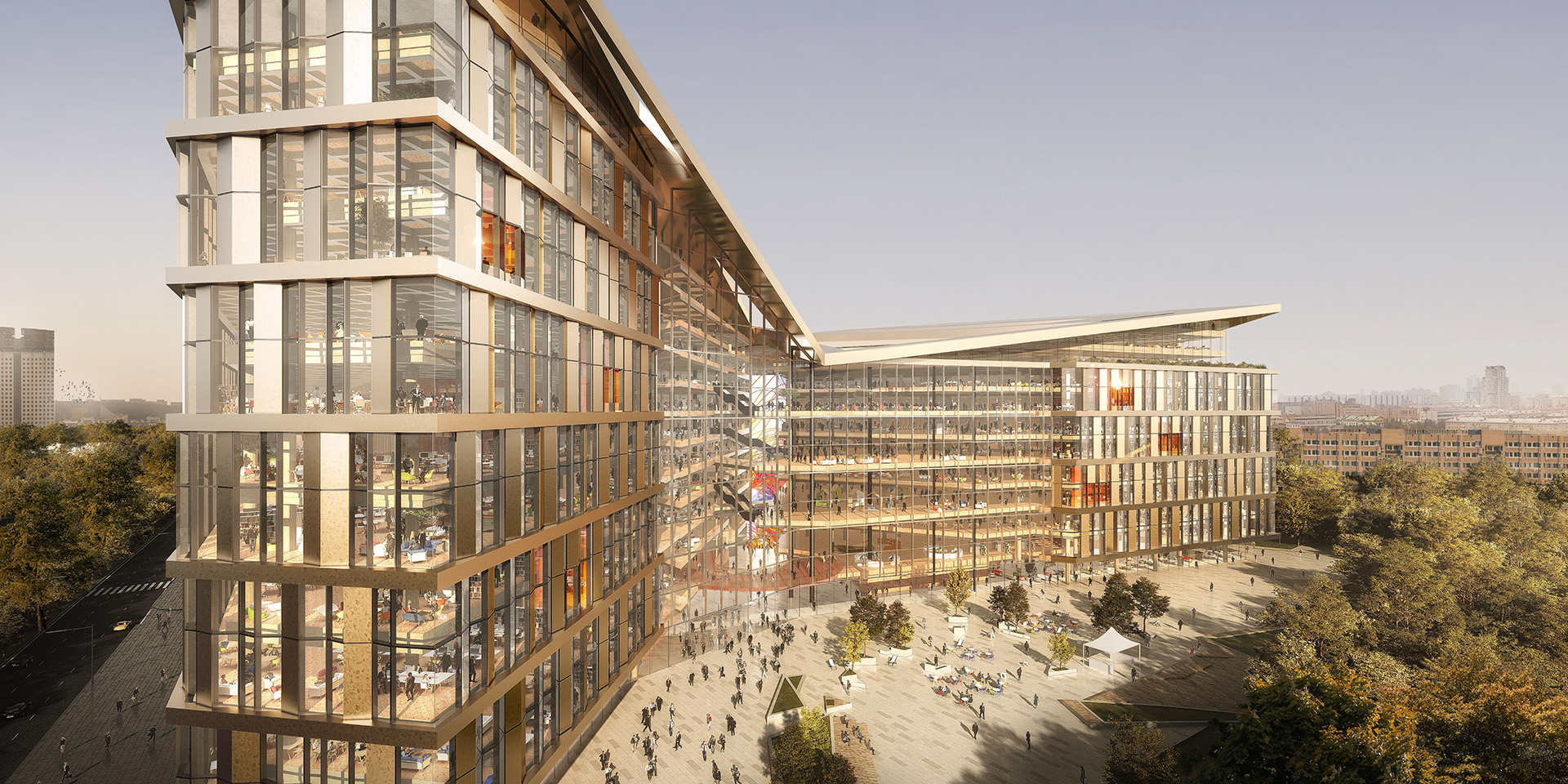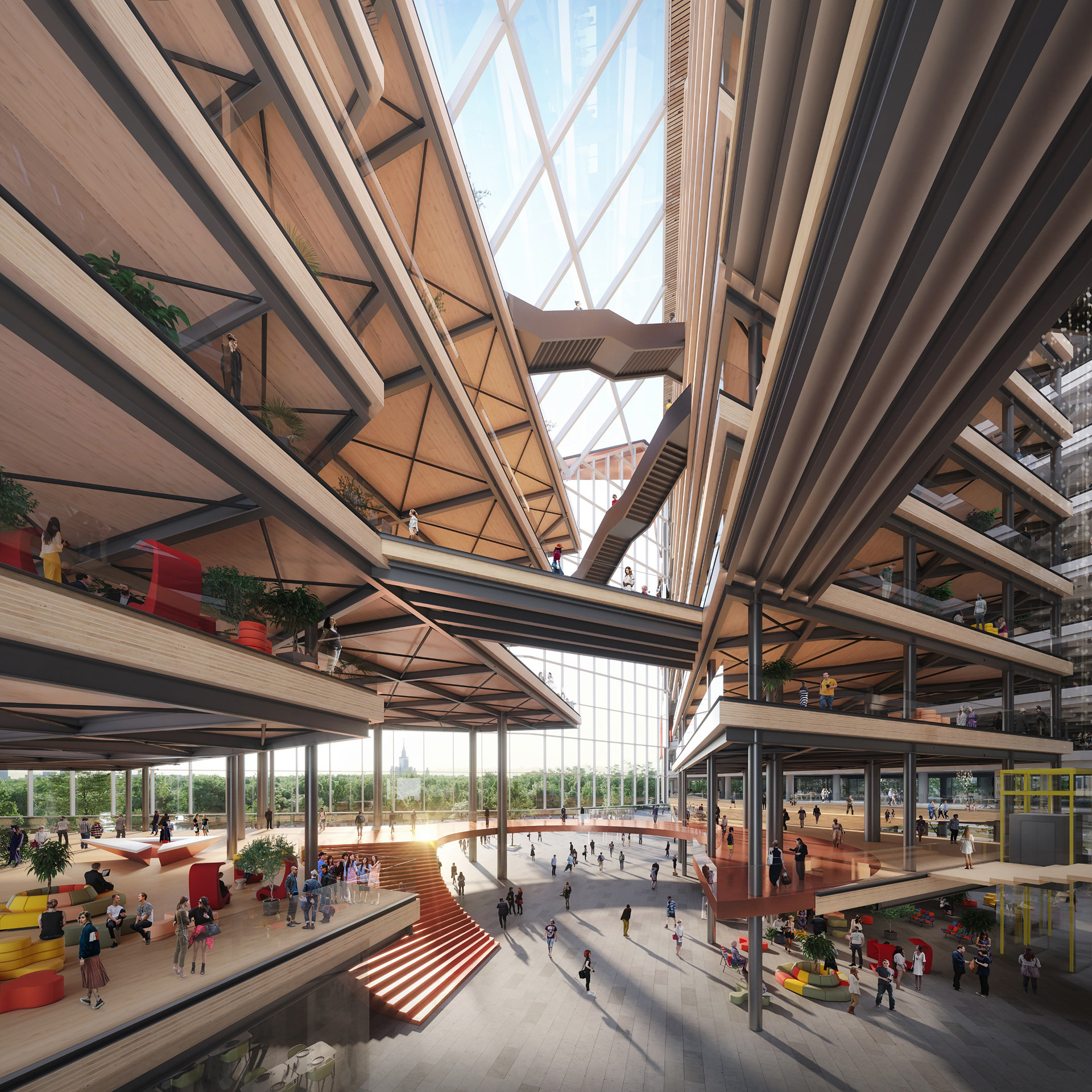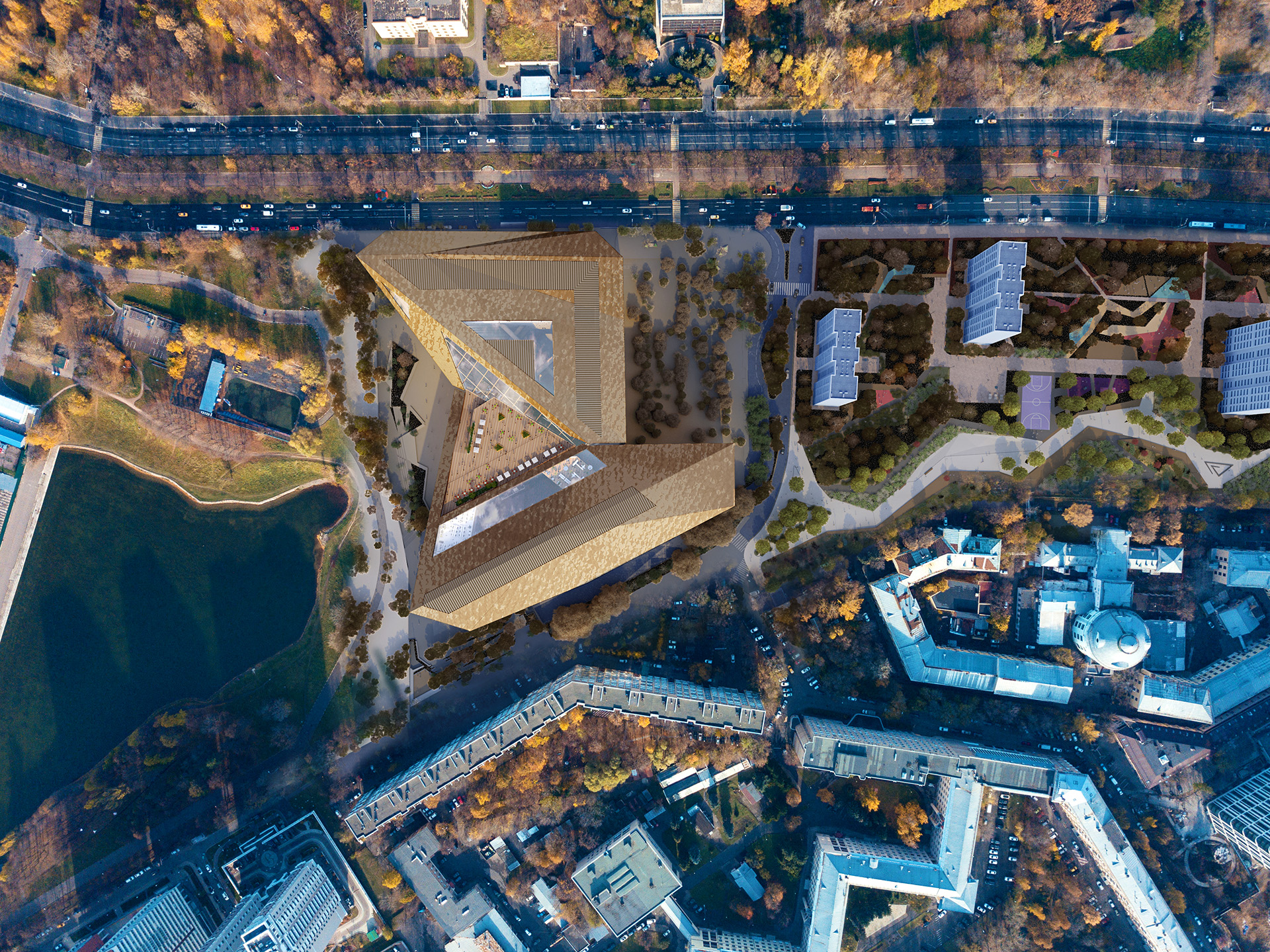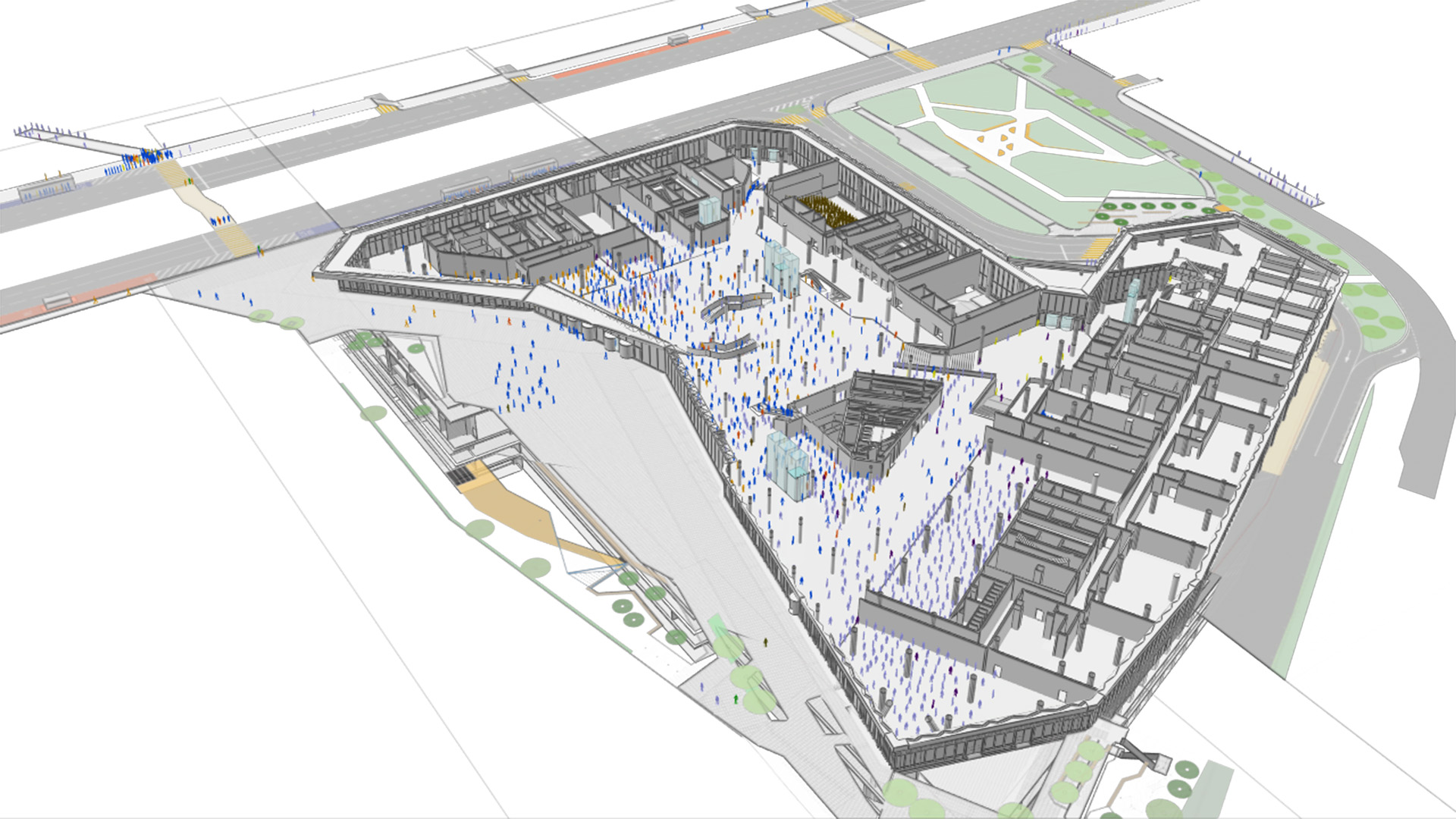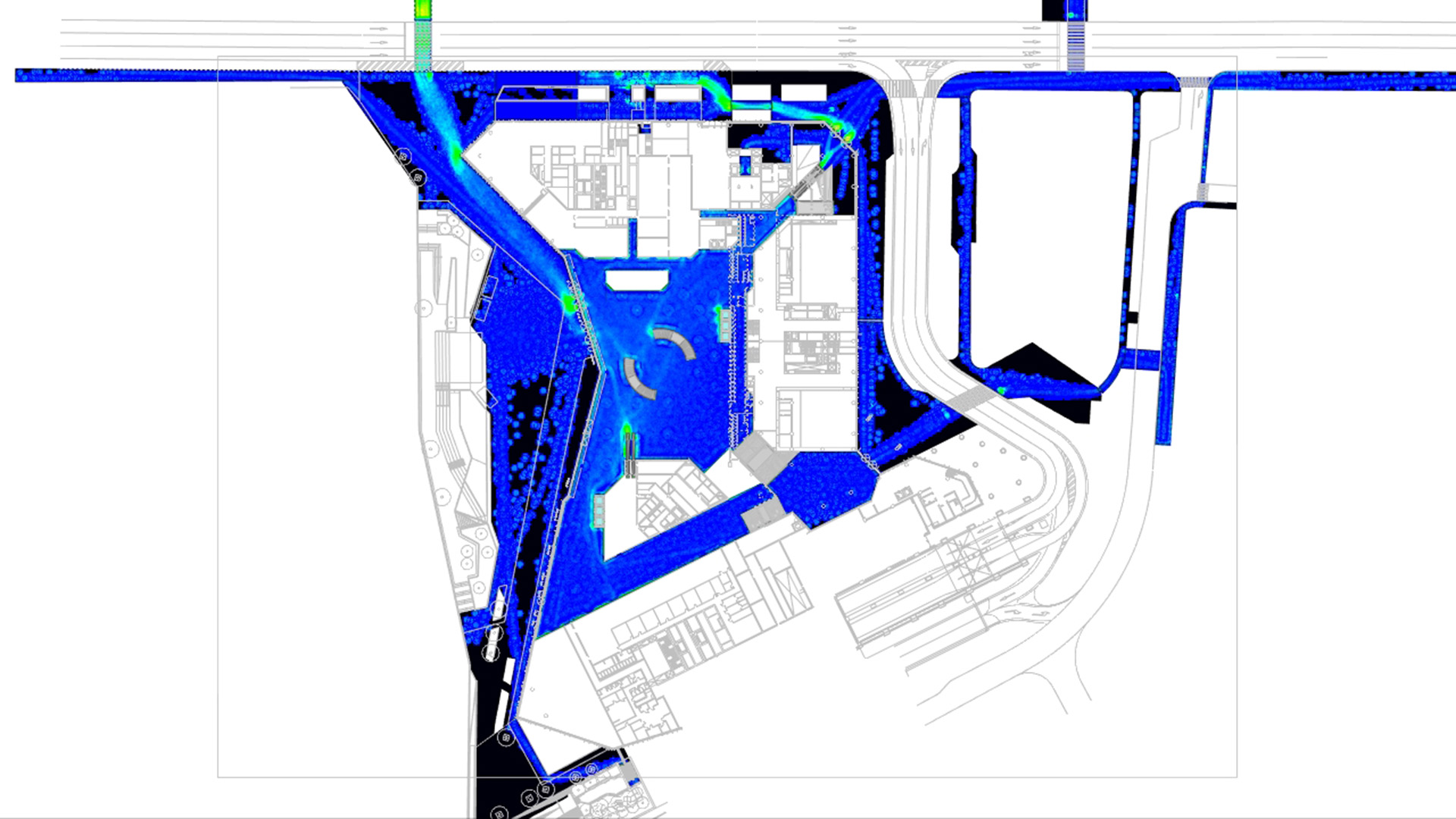Yandex Headquarters
Moscow
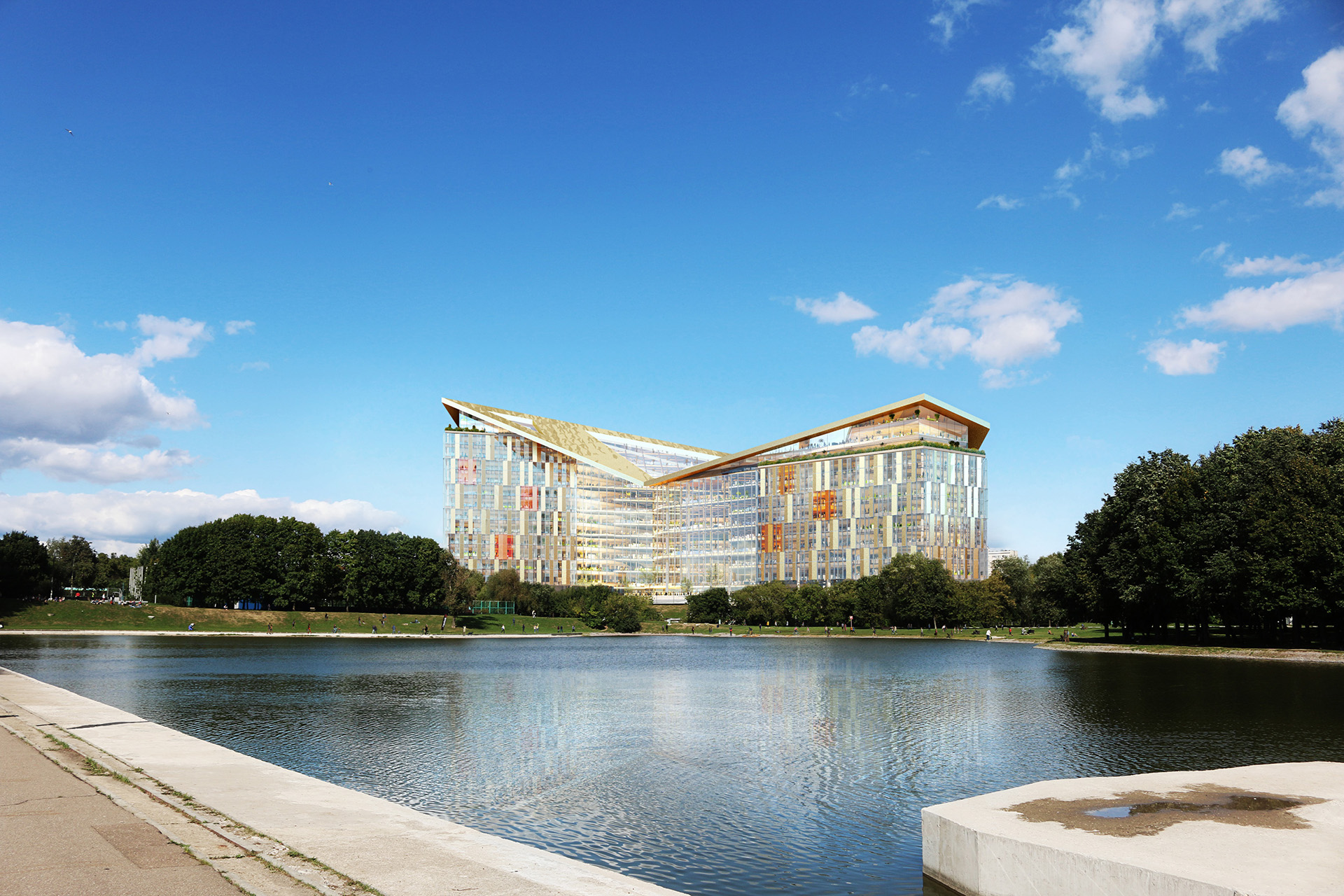
Yandex campus, the new headquarters of the multinational tech corporation, will become a new landmark in Moscow.
For the first time, the Campus will accommodate more than 12,000 employees, students and visitors daily under one roof in a safe, interactive and collaborative environment that celebrates the company’s identity, its technological innovation and its collaborative achievements and aspirations.
The new building is centred on a welcoming and accessible program: the area around the building is a large square, which is open to the public, along with the first two floors hosting cafes and retail units.
Location
Moscow
Client
Yandex
Main expertise
Pedestrian Modelling; Strategic Advisory
PROJECT HIGHLIGHTS
- Connection through shuttle services to nearest metro stations
- Optimization of pedestrian access to the campus
- New bike lanes and facilities for cyclists
Project gallery
Our contribution
As part of the team led by the London-based bureau PLP Architecture, MIC-HUB developed an innovative mobility strategy centring on sustainable mobility, pedestrian and bicycle accessibility and services, micro-mobility, public transport and shared modes.
To develop the mobility strategy, MIC-HUB studied a holistic approach to ensure maximum usability and safety of the public attending the campus.
A huge number of people come everyday to the campus, so an efficient mobility strategy was fundamental to avoid traffic congestion and to make this campus an iconic example of office of the future.
MIC-HUB developed a 360 degrees strategy. The analysis and modelling of the pedestrian flows - from the plaza, throughout the public spaces, to access to private areas – improved the design of this unique campus and contributed to create a space for inspiration and sharing that will encourage new ideas and ways of working.
The mobility study included the population’s habits, entry and exit times, peak permanence times, internal flows and the existing transport network.
Using an holistic approach, we improved facilities to avoid traffic congestion and to reduce the use of private cars.
The field of investigation was extended to an area of about one kilometre: using micro-simulation models, it was possible to study and solve issues that the new campus might have created on urban mobility.
